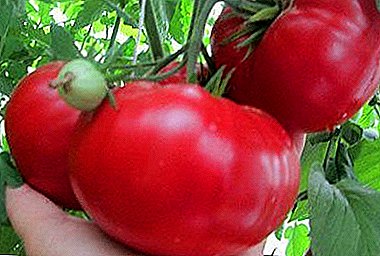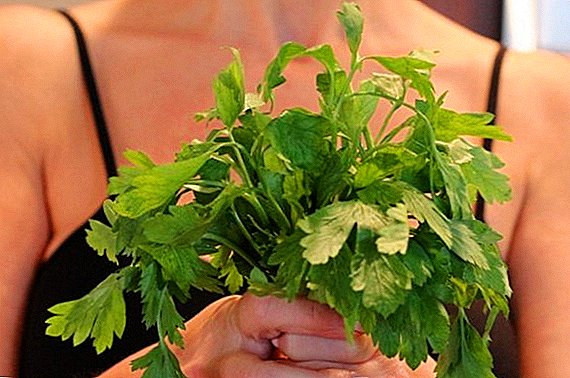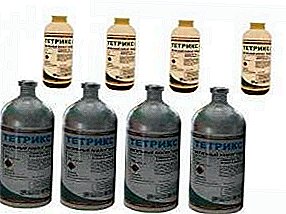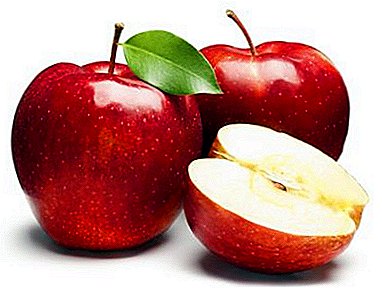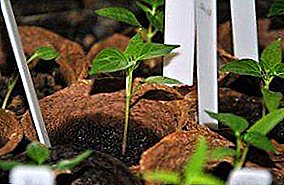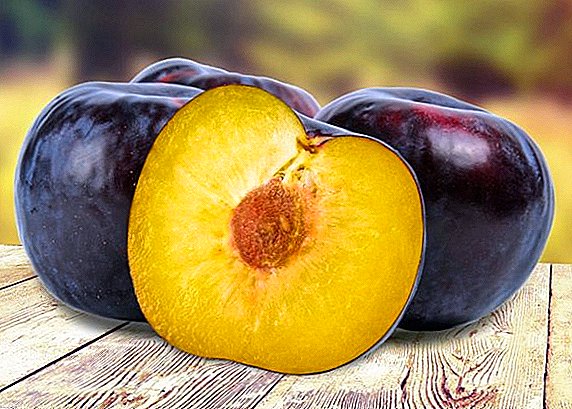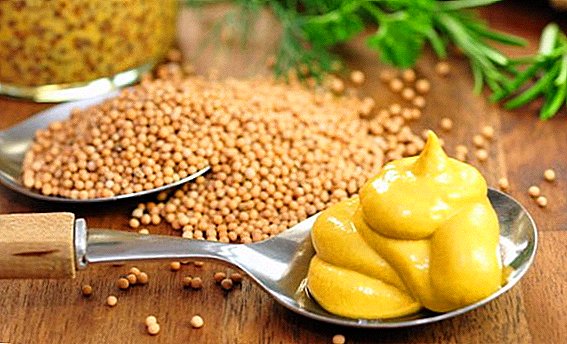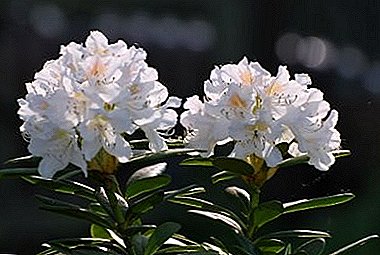
Azalea or Caucasian rhododendron - This is not only a beautiful plant, but also an assistant in the fight against many diseases. Petals of soft cream or pink color are so beautiful that people call this evergreen shrub alpine rose.
Of all rhododendron species, it is Caucasian that is highly valued for its beneficial features. Where does this plant and how to get rid of the disease?
Appearance
 The Caucasian Rhododendron is an evergreen shrub in height from 100 to 120 cm. The bark has a dark brown color, the stem and branches are recumbent, inclined.
The Caucasian Rhododendron is an evergreen shrub in height from 100 to 120 cm. The bark has a dark brown color, the stem and branches are recumbent, inclined.
The leaves of this plant are oblong-oval. The leaves are dense, thick, dark green, covered with a light red fuzz from below.
The root system is very sensitive, but shallow, only 30-40 cm.
Fragrant flowers are collected in inflorescences of 8-10 pieces. The flower has a diameter of about 3 cm. The color of the petals can be white, yellow-cream and pale pink. Flowering occurs at the end of May and lasts about a month. Caucasian rhododendron is an excellent honey plant.
A photo





Spread
The habitat of this species, as the name implies, is the high mountains of the Caucasus. This plant can be found in the foothills of North Ossetia, Ingushetia, Kabardino-Balkaria, Abkhazia. It grows at an altitude of 1700-3000 meters.
Medicinal properties
Rokavkazskaya refers to medicinal plants. For a long time in the people used the beneficial properties of this plant.
Rhododendron contains tannins, essential oils (this is evidenced by the strong smell of leaves and flowers), vitamin C, sugar, organic acids.
Preparations made from parts of this plant have antipyretic, antibacterial, antiseptic properties.
Diseases for which the preparations of the Caucasian rhododendron are recommended:
- Cardiovascular diseases. Drugs obtained from the leaves and flowers of this plant, normalize pressure, increase blood flow, eliminate shortness of breath, help to cope with increased heart rate.
- Rheumatism. In this disease, an infusion of leaves is used.
- For diseases of the oral cavity. Leaf extract is used for rinsing in the treatment of gingivitis, stomatitis, gum disease.
- With mercury poisoning. A decoction of fresh leaves can help cleanse the body in contact with mercury vapor.
- When insomnia. Tincture of flowers is used as a sedative and in sleep disorders.
- Joint diseases. Infusion made from leaves and flowers, it is recommended to rub into the damaged joints with polyarthritis and osteoporosis.
- Diseases of the upper respiratory tract. Leaf preparations do an excellent job of coughing, bronchitis, tonsillitis, and relieving asthma attacks.
- For weight loss. Root reduces the absorption of fat by the body and promotes weight loss.
Recipes
Tea
This drink combines the benefits and delicious aroma. For its preparation, you will need dried (4 pieces) or fresh (2 pieces) leaves, a glass of water and a glass of milk. The leaves are brewed with boiling water, boiled in a sealed container for 5 minutes at the minimum temperature. Now the tea should stand for 5-6 minutes under the lid, after which it is combined with milk and again boiled. Tea is served hot with salt and pepper.
Preparation of medical raw materials
 For the manufacture of tinctures and decoctions used azalea leaves and flowers. Collection occurs from the bushes older than 2-3 years, in late spring and early summer. Leaves for drying lay out a thin layer and, if necessary, mixed. Drying occurs away from sunlight in a well-ventilated area or under a canopy.
For the manufacture of tinctures and decoctions used azalea leaves and flowers. Collection occurs from the bushes older than 2-3 years, in late spring and early summer. Leaves for drying lay out a thin layer and, if necessary, mixed. Drying occurs away from sunlight in a well-ventilated area or under a canopy.
The bush is as beautiful as it is useful. In folk medicine and homeopathy, treatment with drugs derived from rhododendron is very popular. But it should be remembered that improperly prepared medicine can not help but harm.
Contraindications
Preparations, tinctures and medicinal charges are not recommended for:
- pregnancy;
- lactation;
- allergic reactions;
- kidney disease.
You need to be careful with dosages, because all parts of this plant poisonous!



